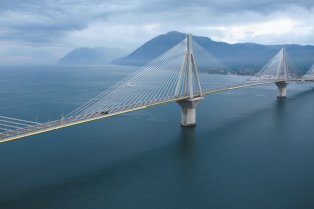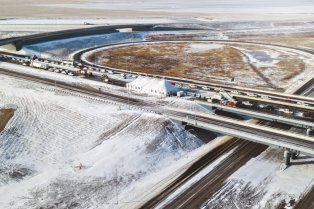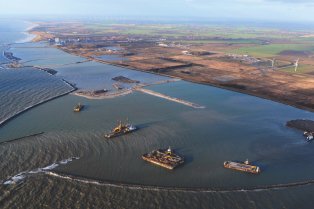South Europe Atlantic high-speed rail line: improving European and regional connections
We operate the South Europe Atlantic high-speed line (SEA HSL) between Tours and Bordeaux that we previously designed, financed and built. Commissioned in 2017, the SEA HSL connects Bordeaux in south-west France to Paris in two hours and Brussels in four hours.
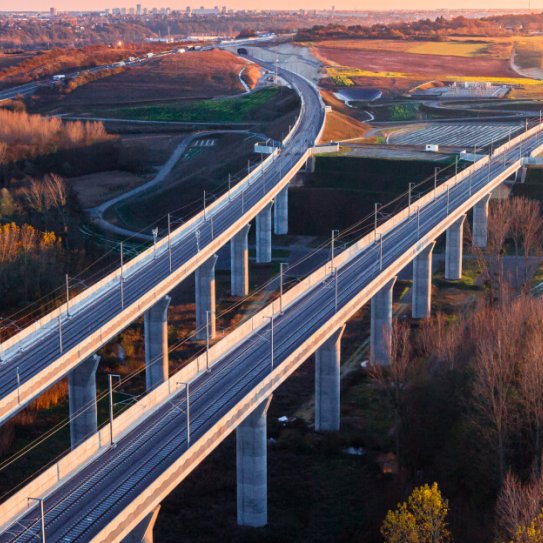
Boosting growth on the Atlantic coast
Spanning 302 km, the SEA HSL was one of the largest European infrastructure projects of the decade. It was designed to improve connections between major cities in south-west France, such as Tours, Poitiers, Angouleme and Bordeaux, as well as between Bordeaux and Paris. The line also sought to open the south-west to other European capitals. The plan came to fruition in 2019 with a route between Bordeaux and Brussels.
By connecting the north and east of Europe to south-west France and the Iberian Peninsula via the Atlantic coast, the SEA HSL has helped boost economic growth in the region, thereby representing a core component of regional development.

Building spectacular structures
We designed several major structures as part of the project to build the line, the most spectacular of which perhaps being the viaduct in the Dordogne. At 1,319 metres in length, it is the longest along the route, and part of it was built over a river, which imposed a number of constraints. Building the viaduct required the use of 10 cranes and involved 200 people.
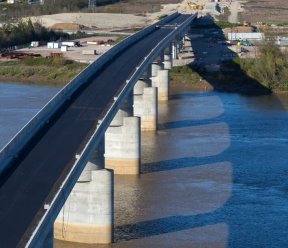
Maximising social and economic impact
The SEA HSL has helped to boost the regional economy, with local people being recruited during the works phase, and afterwards, creating jobs in the areas through which the line runs. Indeed, of the 8,500 people who were involved in the project at its peak, 2,000 were recruited from the local area and trained. One year after operations began on the line, 10,000 jobs had been created in the Bordeaux area.
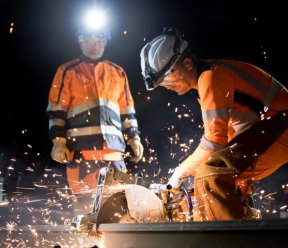
10,000
jobs created in the Bordeaux area one year after the SEA HSL was commissioned
8,500
employees were involved in building the infrastructure at the height of the project
2,000
employees were recruited locally and trained
24
viaducts
500
engineering structures
38 km
of connecting lines
302 km
km of high-speed rail

Minimising the impact on the environment
As part of this project, we pledged to do all we could to preserve the environment and wildlife in the areas surrounding the line. That is why LISEA, the concession company owned by four companies including VINCI Concessions, set up two corporate foundations. The first, the LISEA Biodiversity Foundation, supports projects to preserve and restore nature put forward by local organisations in the areas through which the line runs. The second, the LISEA Carbon Foundation, helps finance projects designed to save energy and reduce greenhouse gas emissions.
